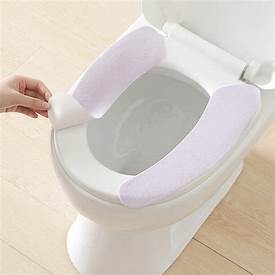|
Be Careful Where You Sit! By Pierre Mouchette | Bits-n-Pieces Toilets are the recipients of human waste and convey the same to a safe collection point from which it can readily be treated or safely disposed. This waste is also reused for energy production in biogas and is treated for irrigation as a fertilizer. The toilet apparatus must be maintained and cleaned continuously because of the materials conveyed to prevent diseases and infections such as hepatitis. This is due to several pathogens that hover over the toilet seat, flushing device, jet spray, doorknobs, and areas surrounding the toilet device (commode). When these microbes meet human skin or enter the nose, mouth, or eyes through contaminated hands, they cause a wide range of infections, and some can be harsh or life-threatening. In this ARTICLE, we will discuss some infections that may spread by using a dirty toilet.
Comments are closed.
|
Archives
May 2024
|
